There are places in this world where the living collide with the dead — but they may not be where you think. In some cultures, families act as if death never darkened their door. In others, the dead help mummify themselves while they’re still alive. And in a very strange few, the two share the same roof — whether the living realize it or not. Here are 10 places around the world where you can travel to see the dead.
Dainichi Temple, Japan

More than two dozen mummified monks still hold vigil over sections of northern Japan. The monks, called sokushinbutsu, were practitioners of an ancient form of Buddhism that promotes self-denial. Their mummification process began in life, where they dedicated themselves to a diet that began with nuts and seeds and culminated in a diet of roots, bark and poisonous tea that removed fats and oils, slowly preserving their bodies over time. The monk seen here can be found at Dainichi Temple on Mount Yudono.
Roopkund Lake, India
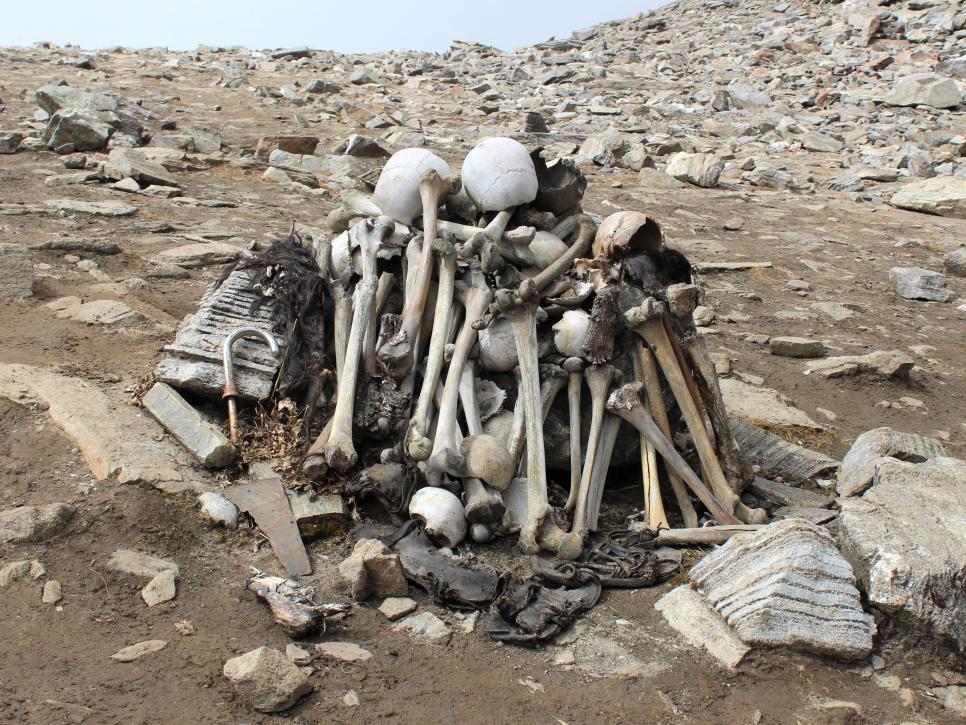
This glacial watering hole high in the mountains of the Indian state of Uttarakhand also goes by another name — Skeleton Lake. Though the lake sits at more than 16,000 feet in elevation, hikers can access it via a six day trek. At Roopkund, the bones of several hundred people believed to be up to 1,200 years old line the shores. Even more mysteriously, the remains appear to represent two different eras of humanity, one from the ninth century and another from only 200 hundred years ago
Red Square, Russia

The embalmed body of Vladimir Lenin, head of state for the Soviet government from 1917-1924, lies inside a glass sarcophagus in Moscow’s Red Square. Lenin’s Mausoleum attracts over two million visitors each year, and while there is no entry fee, the ever-present line is kept in constant motion. The mausoleum is open Tuesday through Thursday and on Saturdays from 10 a.m. to 1 p.m. Photography is strictly forbidden inside.
Sagada, Philippines
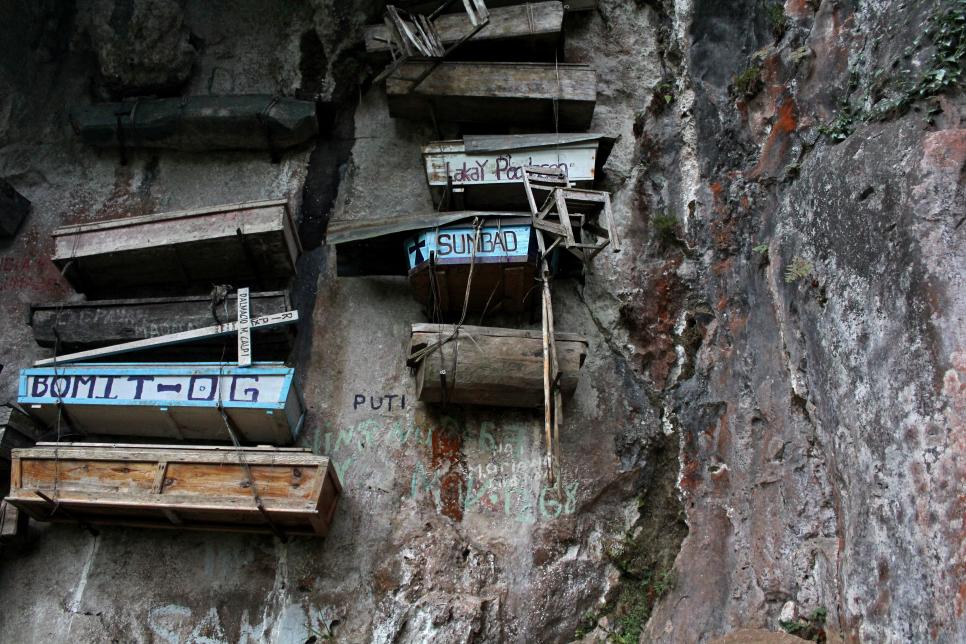
Oral history from the Applai people recounts generations of hanging coffins in the Philippine province of Sagada. In Echo Valley, pinewood coffins are suspended with ropes and wires on limestone cliffs that dominate the landscape. Inside, the bodies of the dead rest in a fetal position, departing the Earth in the same position they arrived in. Guided tours are available from the Sagada Tourism Office.
Mount Everest, Nepal
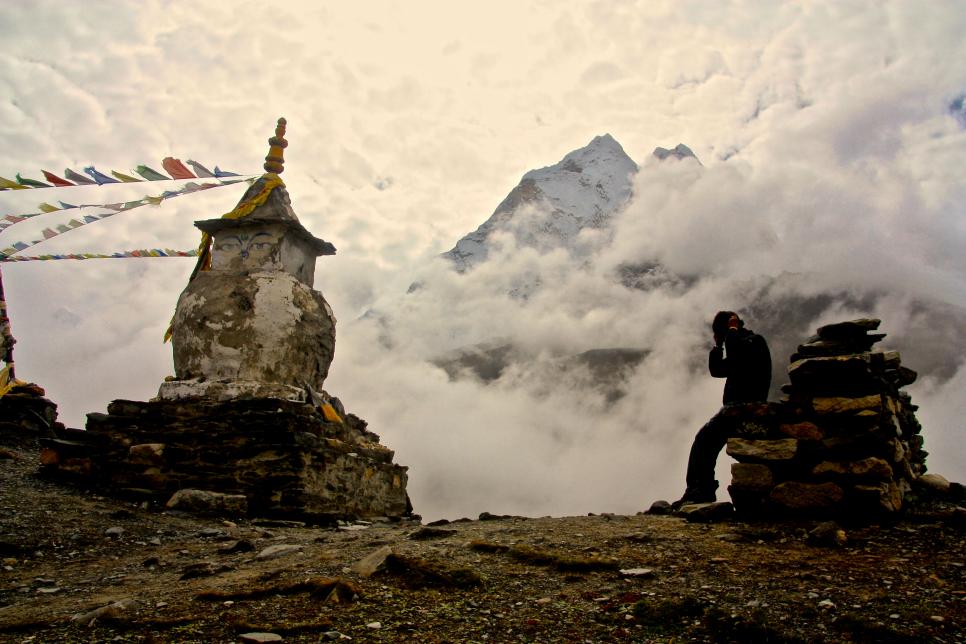
Since 1922 more than 300 people have passed away while hiking Mount Everest. Most have perished from altitude sickness or exhaustion. And tragically, many of their bodies remain on the mountain due to its extreme elevation and the cost associated with transporting them out — an estimated $30,000 per person. It’s no surprise, then, that two-thirds of the people who died on Everest remain there in a frozen tomb. The most deadly location on the route is now known as Rainbow Valley due to the brightly colored garments worn by the bodies of long lost souls that still dot the trail.
St. Michan’s Church, Ireland
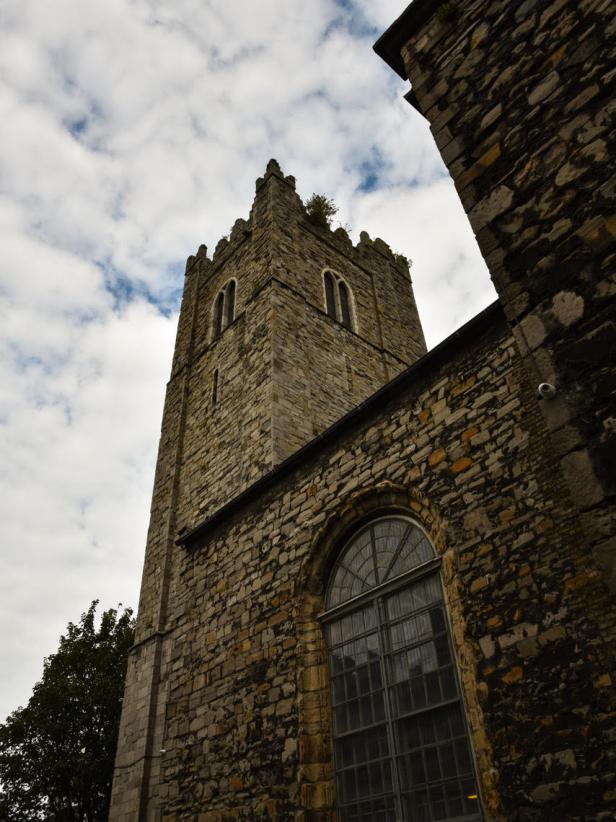
The grounds of Dublin’s St. Michan’s Church have been consecrated since the 11th century. In more than 900 years of occupation, they’ve welcomed masses of both living and dead parishioners. Though the current structure was completed in the 17th century, it rests on the foundations of an early Norse chapel— and its limestone vaults harbor the mummified remains of nuns, crusaders and rebels. Free tours of the church and its vaults run Monday through Friday from 12:30 p.m. to 3 p.m.
Capuchin Catacombs, Italy
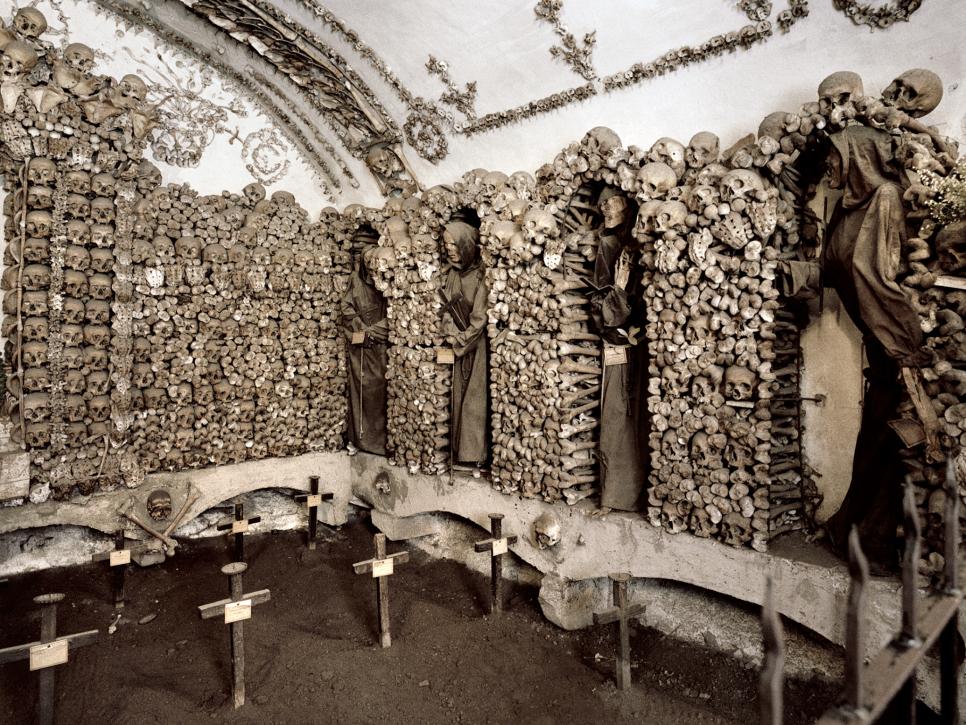
In 1631, a procession of monks arrived at Rome’s Santa Maria della Concezione dei Cappuccini. They carried with them 300 cartloads of dead friars. Those bones — along with the remains from other friars who passed away for the next two centuries — are now enshrined beneath the church in a series of elaborately decorated crypts. The crypts are a well-trafficked tourist destination in Rome and tours are available from around $40.
Dominican Church of the Holy Spirit, Lithuania
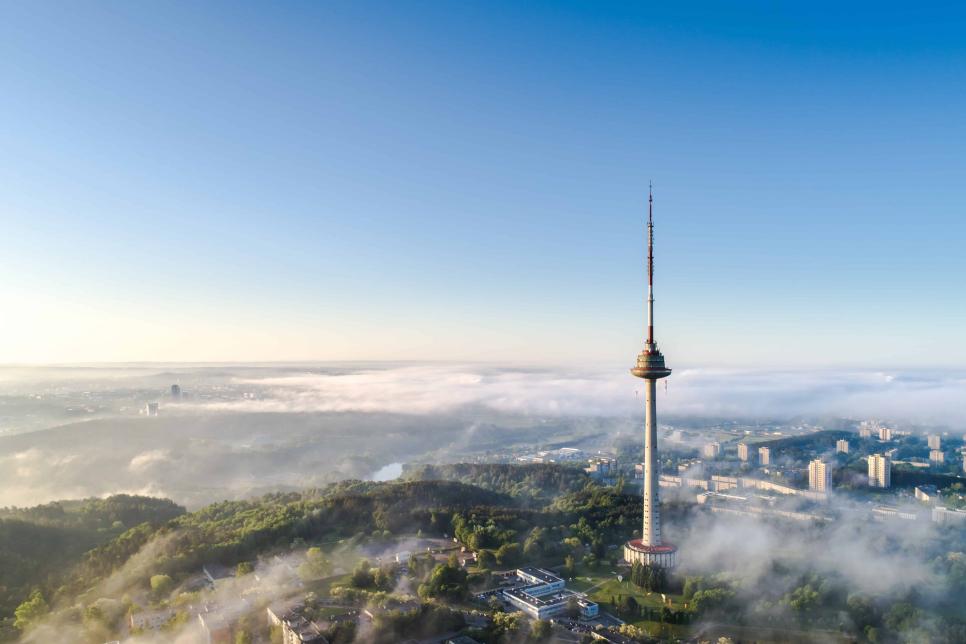
A secret lies hidden beneath the altar at the Dominican Church of the Holy Spirit in Vilnius. Hundreds of the city’s former residents lay mummified in a labyrinth of dungeons below. Archeological researchers estimate that the bodies inside date to the mid-18th or early 19th centuries. English speaking tours are held Tuesday, Thursday and Saturday at 4 p.m. and cost less than $10.
Pompeii, Italy

In 79 A.D. Mount Vesuvius suddenly erupted in what remains one of the deadliest volcanic events in human history. Lava flows, earthquakes and ash destroyed the Roman settlements of Pompeii and Herculaneum, killing at least 1,500 people in the process. Today, much of ancient Pompeii has been uncovered along with the impressions of more than 1,000 bodies whose final positions are cast in plaster. Pompeii walking tours are available via Airbnb Experiences.
source: https://jobcenternigeria.com/10-places-around-the-world-where-you-can-see-dead-people/
No comments:
Post a Comment